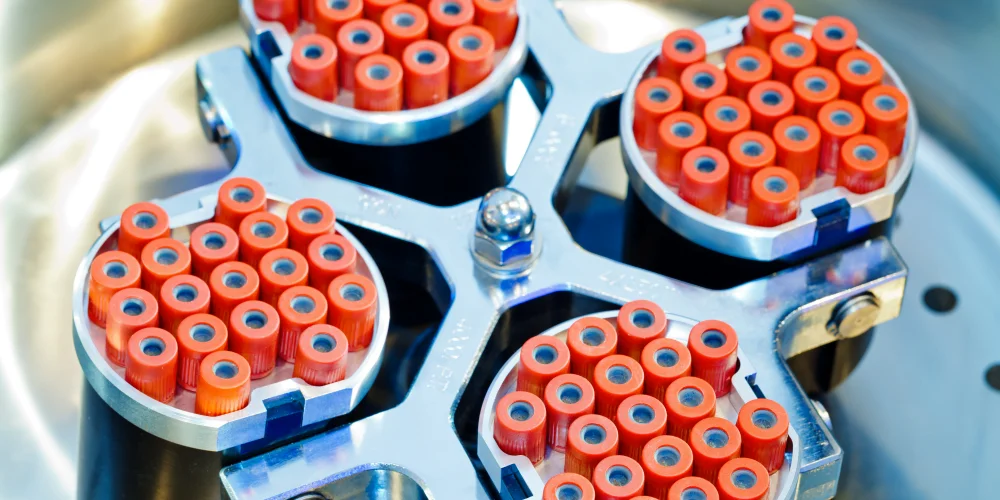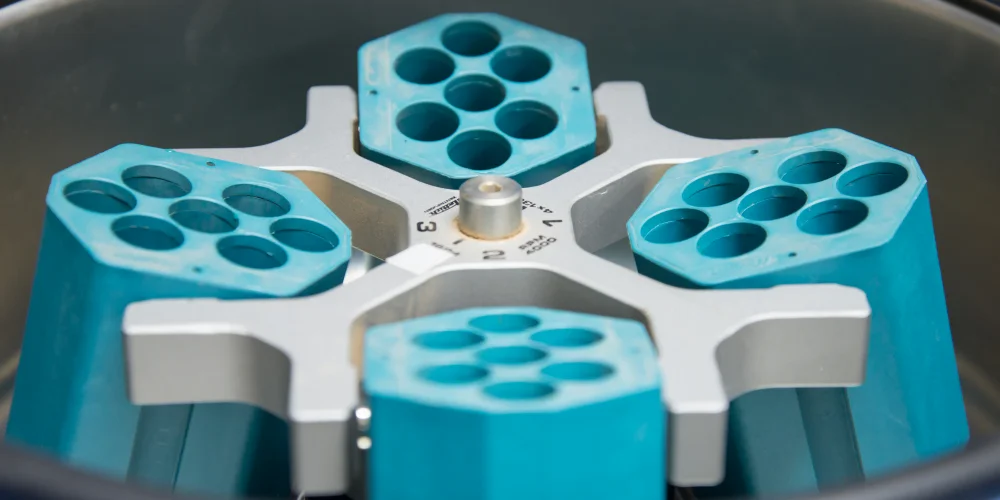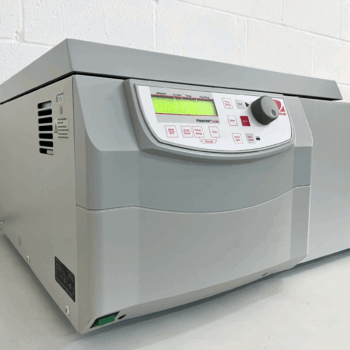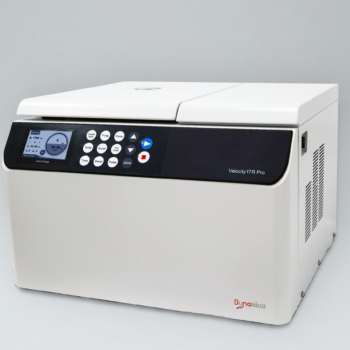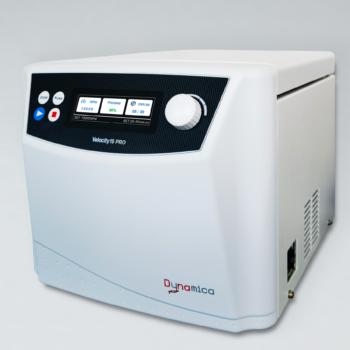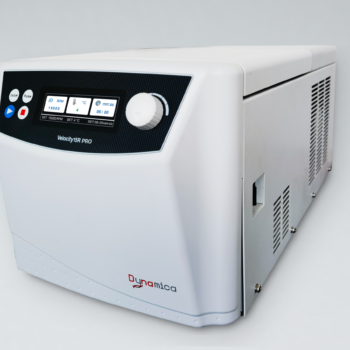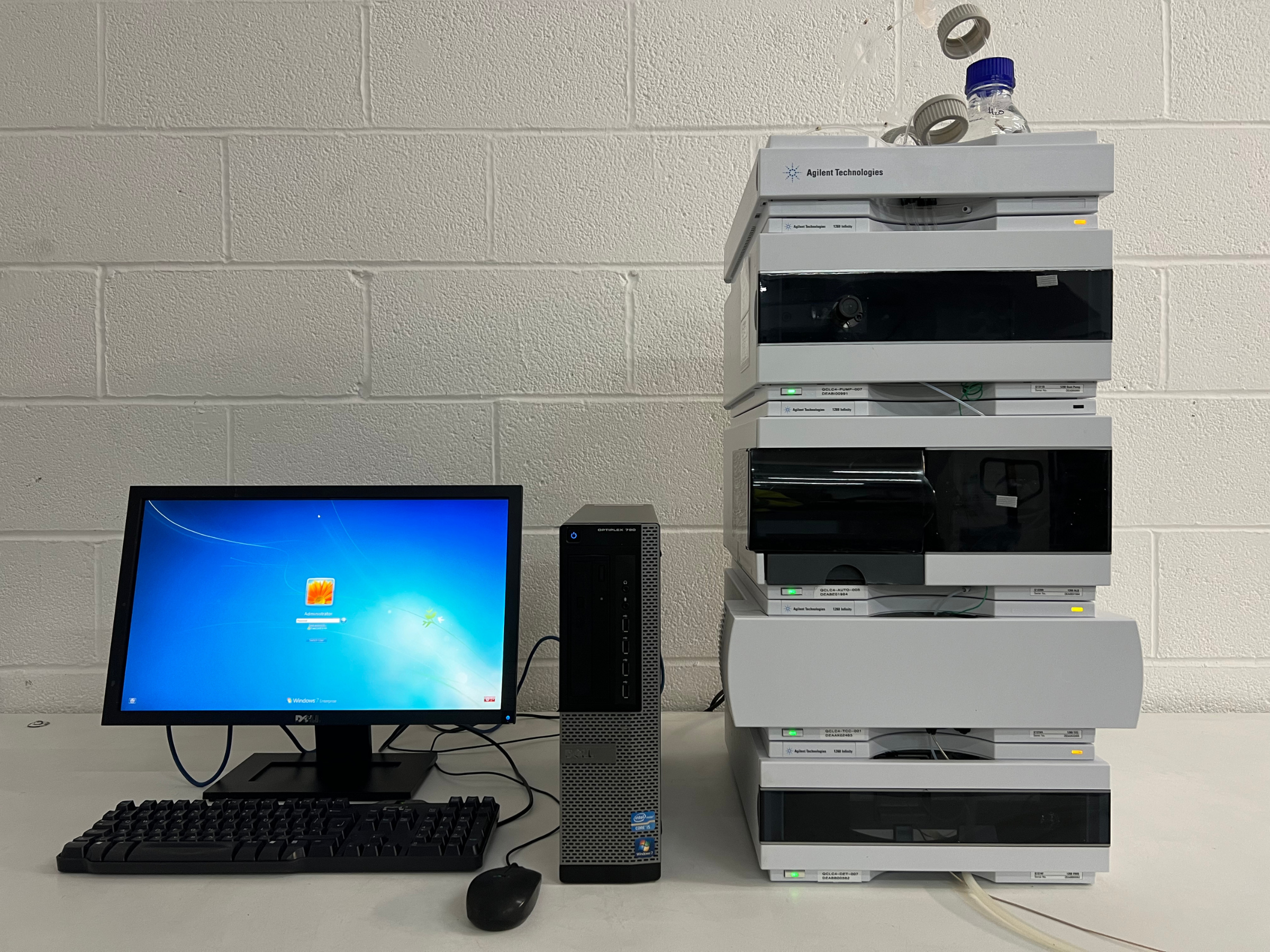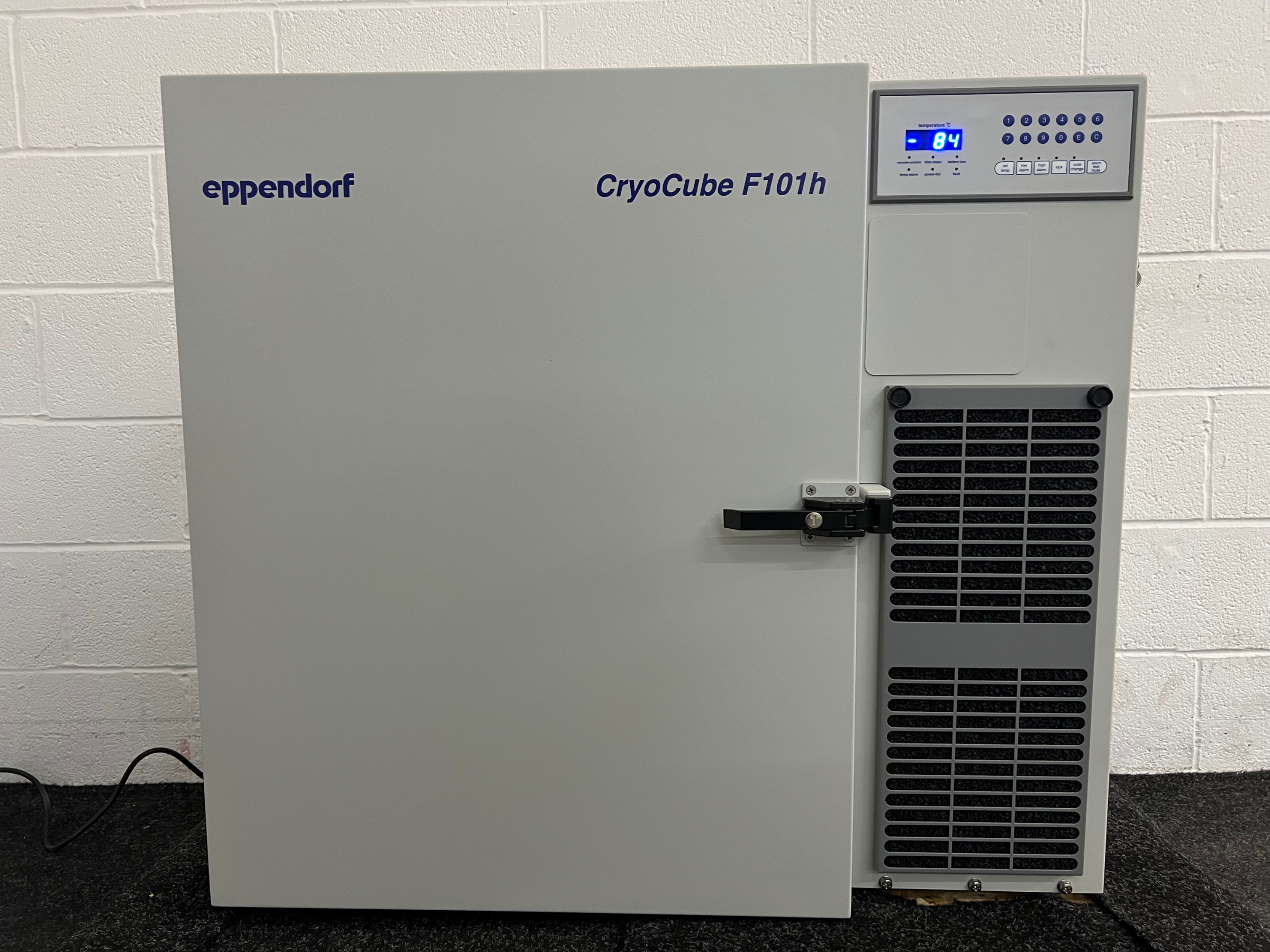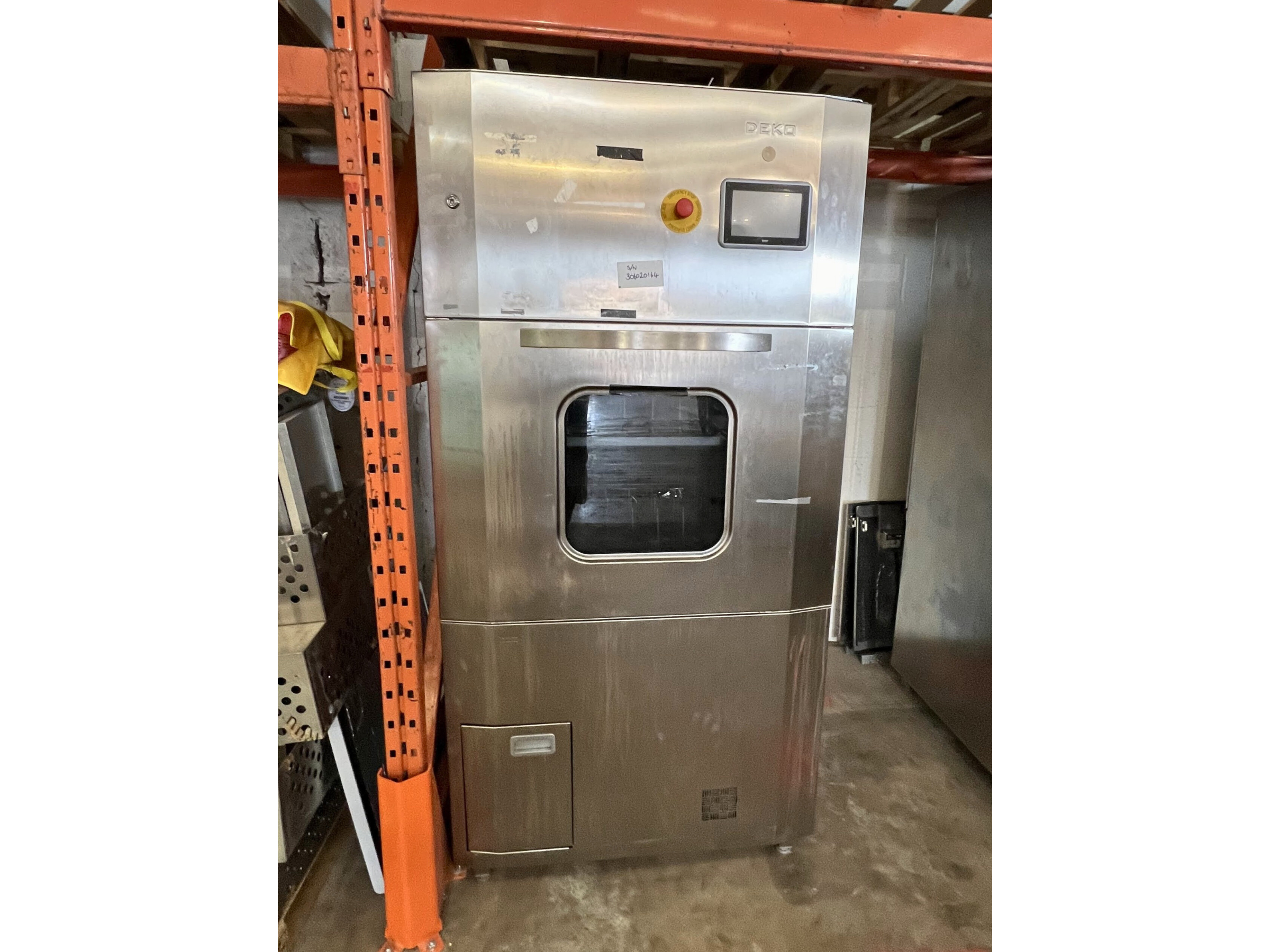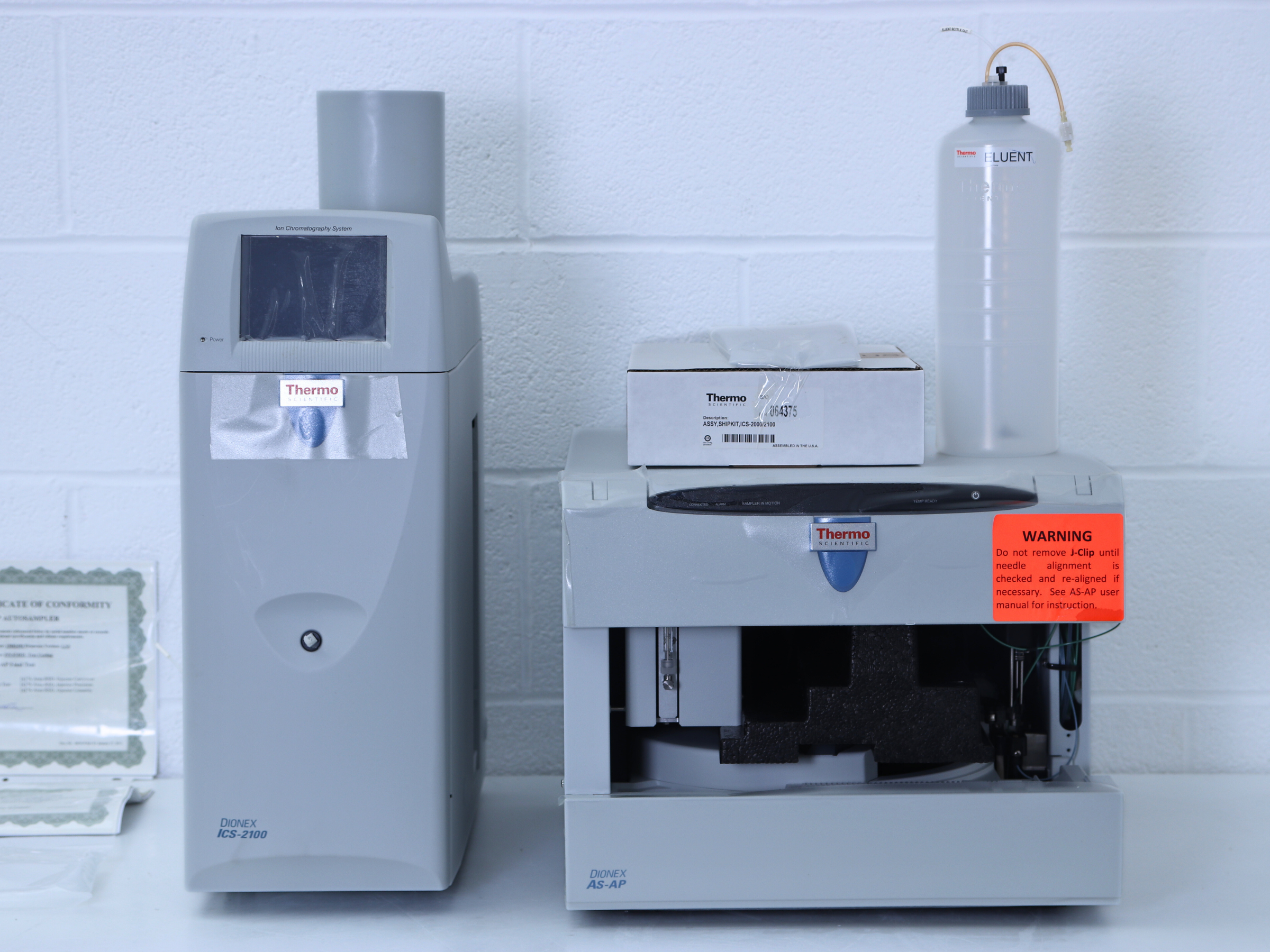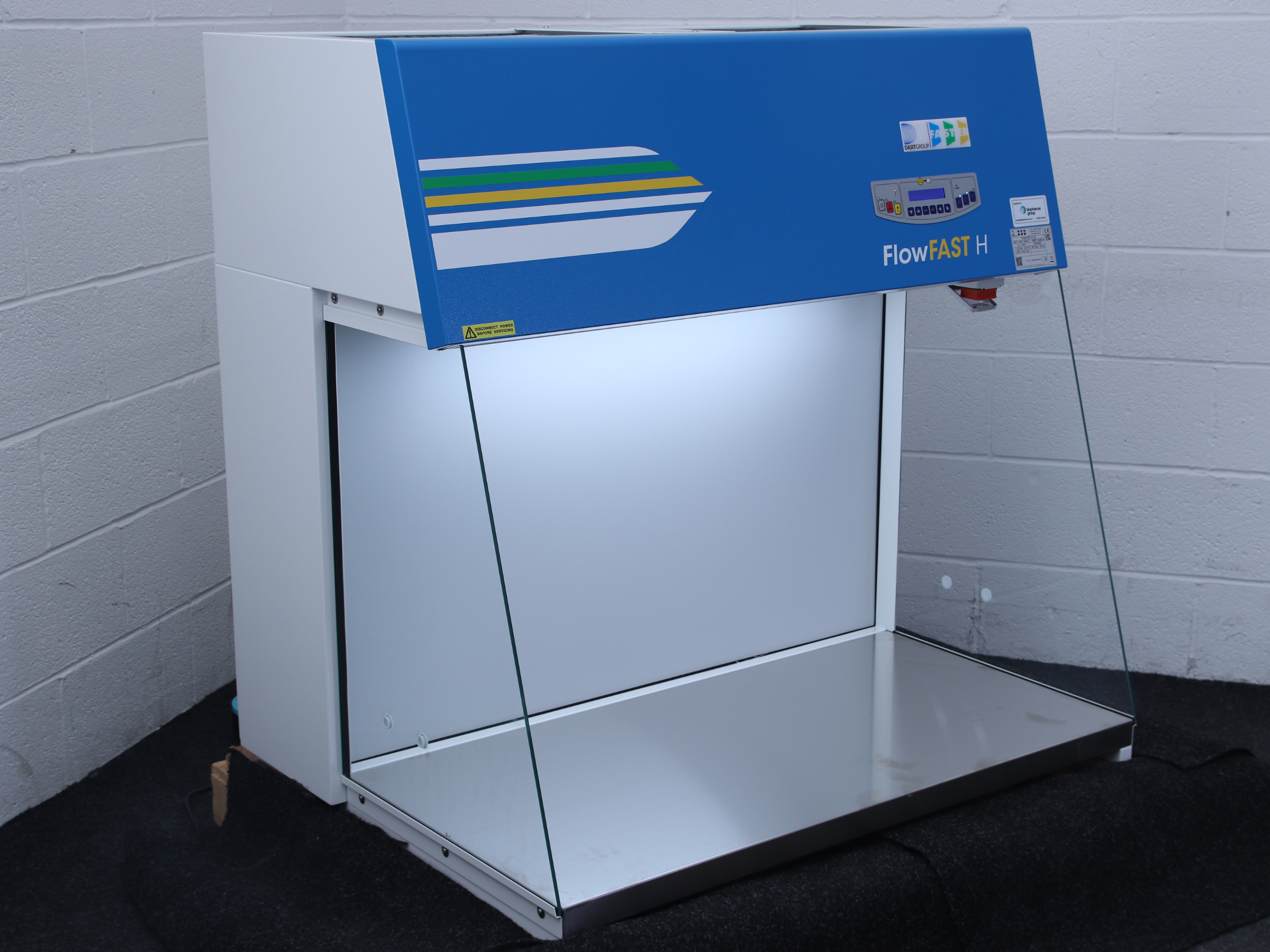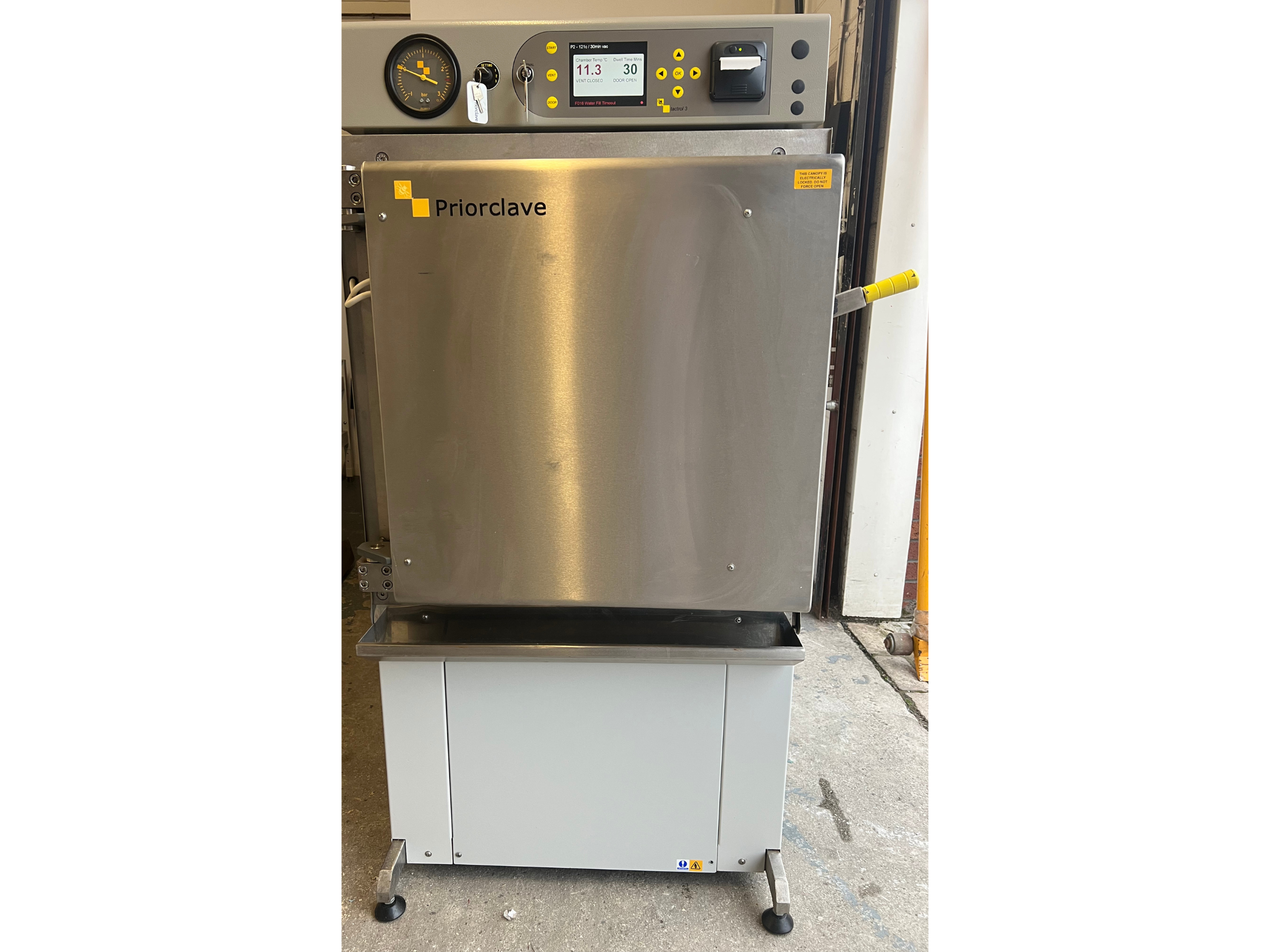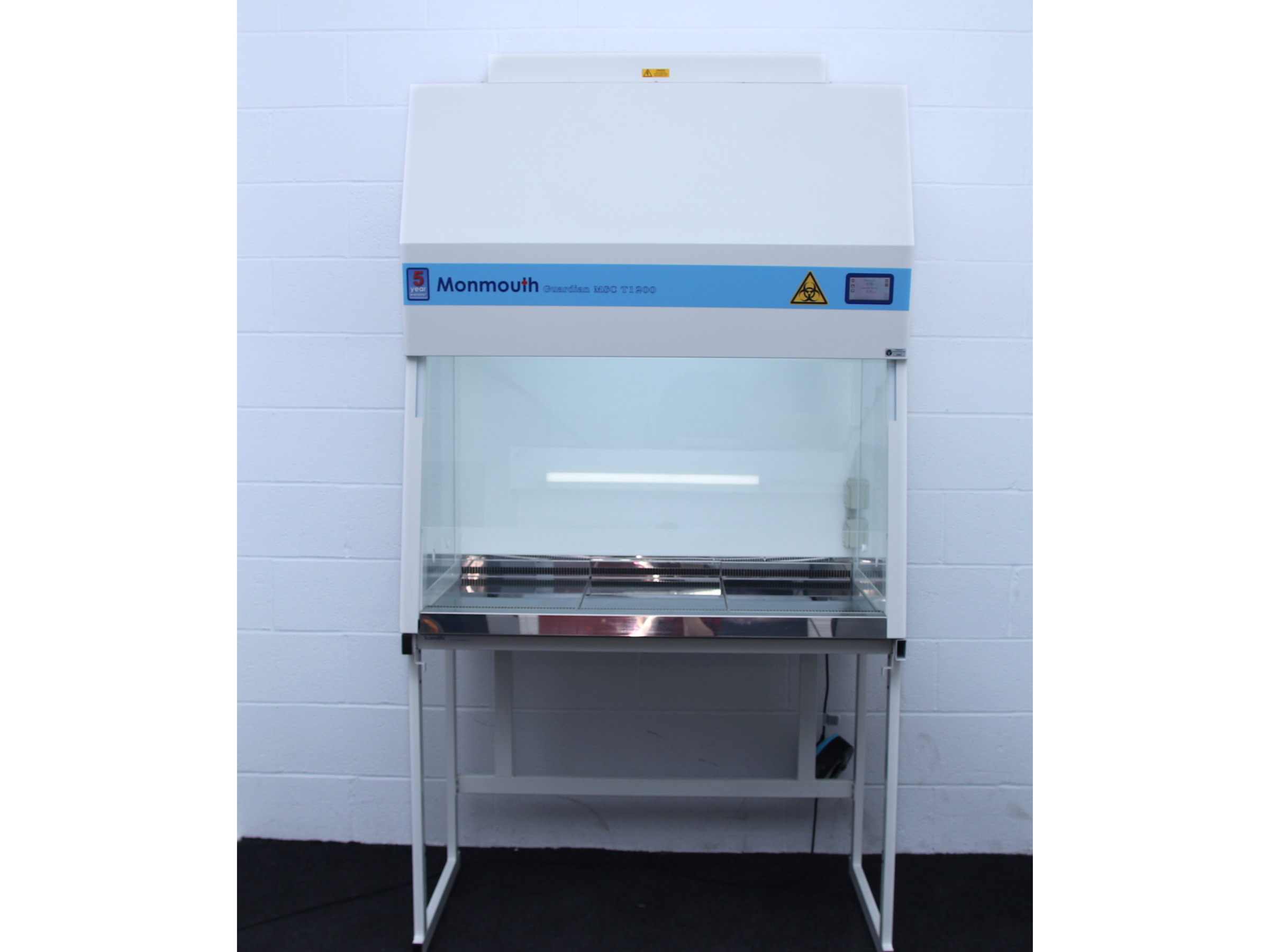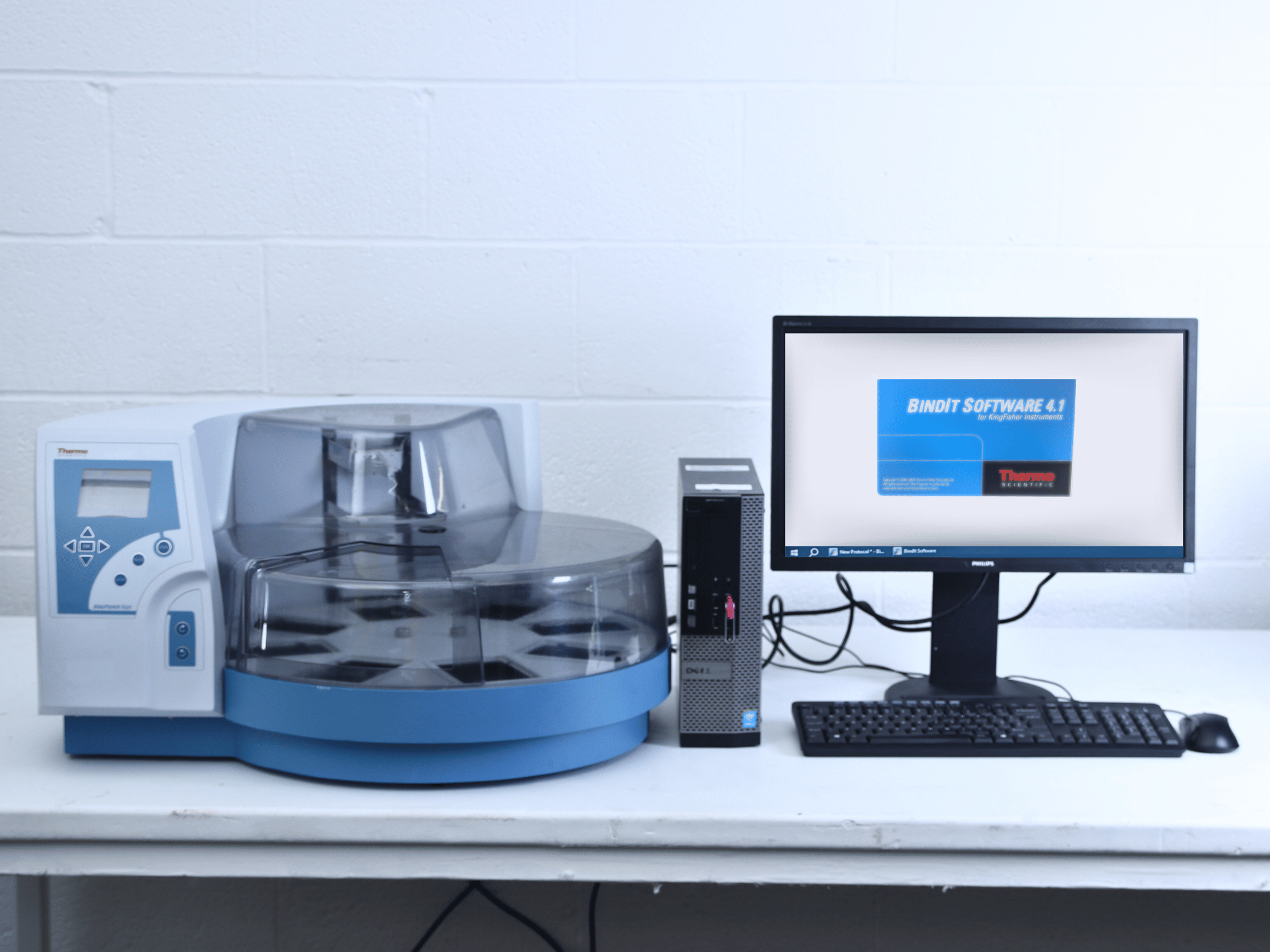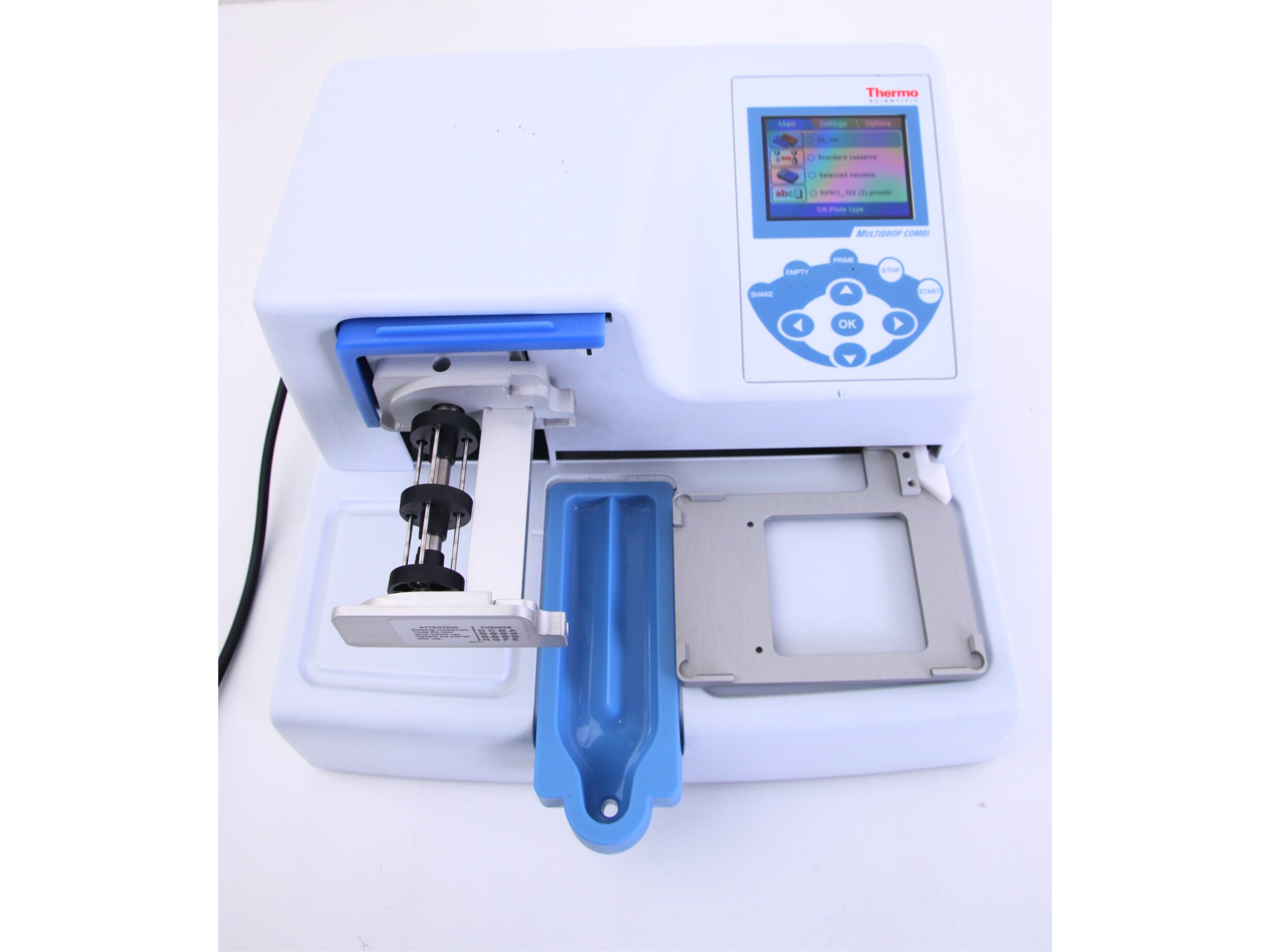What is the difference between fixed-angle and swing-out centrifuge rotors?
The names are something of a giveaway in this comparison. Fixed angle centrifuge rotors are designed to hold samples at a fixed angle while the rotor spins. This is typically around 30-45°, but depends on the individual rotor. Swing out rotors on the other hand hold sample buckets on an axle allowing the sample to swing outwards at a varying angle, depending on the RPM (revolutions per minute, or ‘speed’) and RCF (relative centrifugal force, g).
Centrifuges are used to separate materials by density. As the rotor spins, the denser part of the sample is pulled toward the bottom of the tube. This means that solids, or denser materials, will be pulled directly to the bottom of the tube in a swing-out rotor. However they usually collect at an angle at the bottom of the tube in a fixed angle rotor.
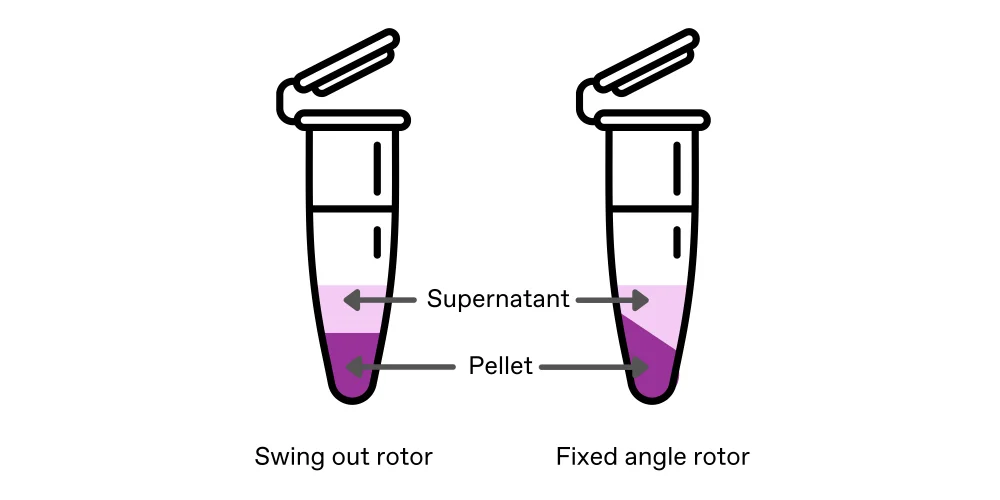
Comparison of fixed angle vs. swing out rotors
| Fixed angle | Swing out |
| Holds samples at ‘fixed angle’ – typically around 45 degrees to the ground | Samples are free to swing out at various angles depending on the centrifugal force |
| Sediment forms at an angle on the tube | Sediment forms at the bottom of the tube |
| Can usually withstand higher centrifugal force than swing out rotors | Typically withstands a lower centrifugal force than fixed angle |
| Tends to hold more samples due to more efficient sample spacing | Tends to hold fewer samples to accommodate ‘swing out’ space |
Example of fixed angle rotor: | Example of swing out rotor: |
Which type of centrifuge rotor do I need?
There’s an argument that swing out rotors offer the best separation location within the container. By ensuring the sediment settles at the bottom of the tube it reduces the risk of sediment getting swept back up into the supernatant. This is ideal for separations prior to sensitive analysis such as LCMS, where solid residue may cause errors. Swing out rotors are also used for gradient centrifugation, as gradient layers stay in position as the centrifuge stops spinning. Swing out rotors are also needed for centrifugation of plates.
Fixed angle, on the other hand, are often the rotor of choice for separating biological material such as DNA, as this requires a greater centrifugal force, which fixed angle rotors can accommodate. Higher RCF is also desirable when very compact pellets are required, since the sediment is formed at greater pressure. Additionally, if the centrifugal force is higher, there is generally less time required for centrifugation. This can be important for processing large sample numbers.
If you would like help choosing the which centrifuge rotor is best for your application, give our team a call on 01257 270 433
